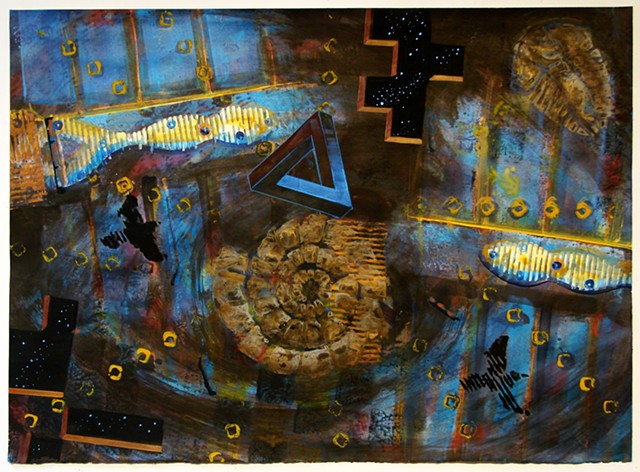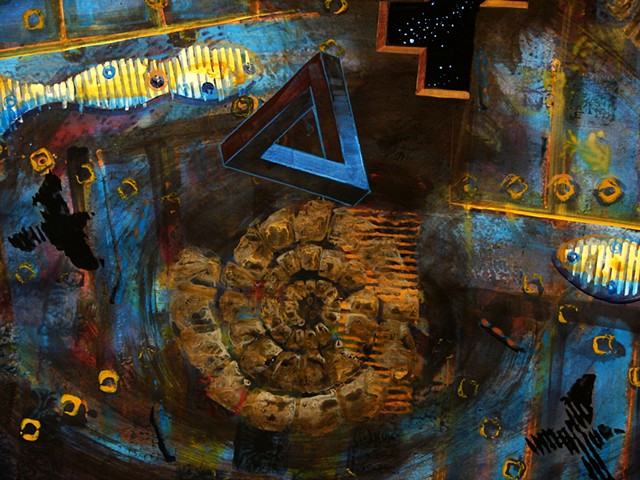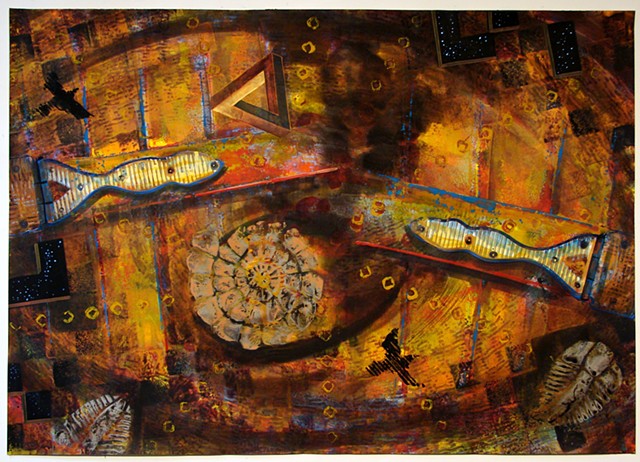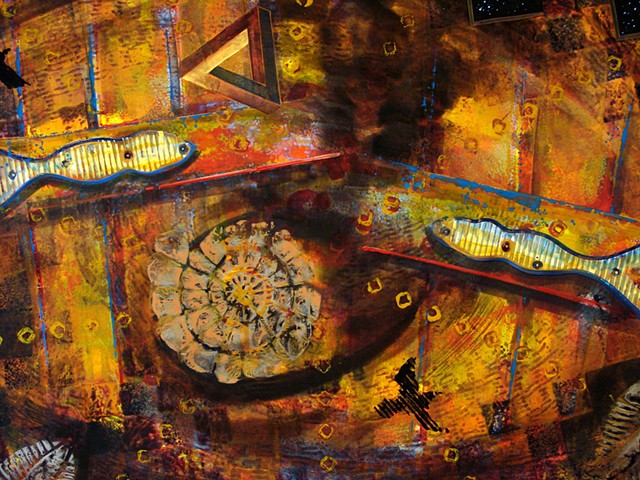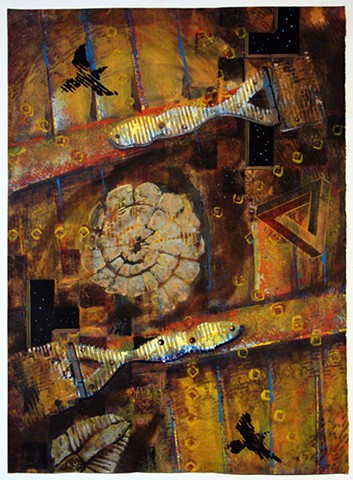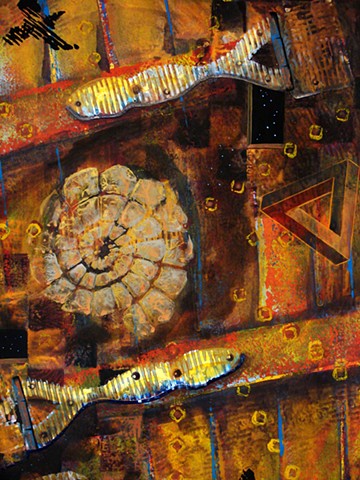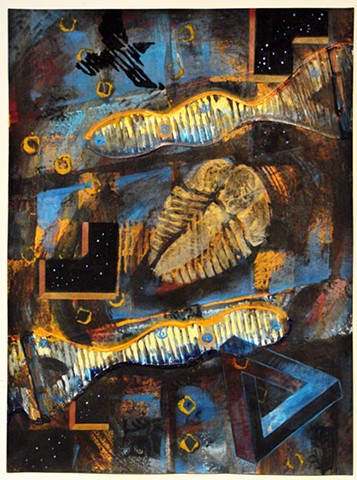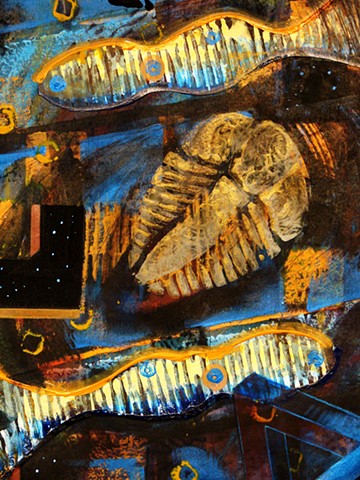Counting to Ten (thousand)
Without our dependence on numbers we might feel adrift in the world that we have surrounded ourselves with. The flow of data, the pistons and crankshaft all turn by way of carefully orchestrated measurement. Even the useful duration of the wooden wheel depended on carefully distanced spokes around a rim of consistent thickness. From calipers to micrometer to the laser scan, our mechanical world has been made to meet our more and more exacting demands. Tolerances refer more often to our appliances minding the gap than they might our ability to understand a right of way being available to our fellows and the rest of our environment. We could probably even find statistics to underscore that argument.
We count, first on our fingers and eventually all ten becomes a system that progresses into hundreds and then thousands. But somewhere, perhaps on the way to one hundred, the ability to keep the counting as a discreet means of understanding all the numbers on the list begins to falter. We require means to understand the ‘forest for the trees’, and further to be able to recognize the variety and number of points that might identify a specific tree’s leaves. Numbers become columns of numbers as they branch out towards a detailed description of how we see the world’s allocations of bounty. Its bounty might best be appreciated if we can manage some accounting of it. But is this really an insight, or simply another comparison sheet for our sense of comprehension, even when that comprehension needs so many mechanical and theoretical aids?
By counting the time lapse of the spectral red shift, we intuit the universe is expanding. But at night the river of stars that is the Milky Way is the same, seeming not be moving at all. What we called stars we now understand to be other galaxies and at least some of what comprises the night sky could also be dark matter accounting for its own balancing power in the greater scheme of things. As this greater scheme also expands into new chapters of information and knowledge our five senses still receive this new bounty at the same plodding rate that begs some technological intervention. If the enhancing sensory technology can bring us “up-to-date” does this really mean that we might also be able to really see, or feel the expansion of our universe? Or does the nest of Earth and our own circuitry, compatible with it, mean that we have inherited a limitation that even crunching the numbers will not allow us to supersede?
The authority we give to the numerical system invented to help us to understand the world and universe we inhabit makes it difficult to contest the outcomes of our measuring and remeasuring. No doubt, our lives would be negatively impacted were we to suddenly ignore the developments made possible by mathematics. And while the solutions are often described as ‘elegant’, the translation is often a very steep climb towards comprehension. The ever-expanding world of calculations that mirror the physical world may however often reach such saturation that the physical world and our own recognition of it cannot absorb the numerical data without overwhelming our perceptions. A counter-balancing degree of comprehension should be allowed for with the intuition and appreciation that happens outside of the relentless ticking of numbers.
When the hummingbird drinks the nectar of the yellow lantana flower, its long sipping beak doesn’t spear an expanding fractal configuration, but instead a beautifully balanced progression from the larger trumpet petals to the last inner ring of ever-diminishing versions of itself. Finite and with each flower’s purpose so served, the lantana nourishes the hummingbird and its pollen is transported to the next plant. With that plant fertilized, the lantana produces seeds and the next year or for ten-thousand years the pattern is repeated. The fractal flower stays in our imagination and the hummingbird flies ten thousand miles during its life back and forth across the equator, and above the ten thousand living aspects of the Earth.
